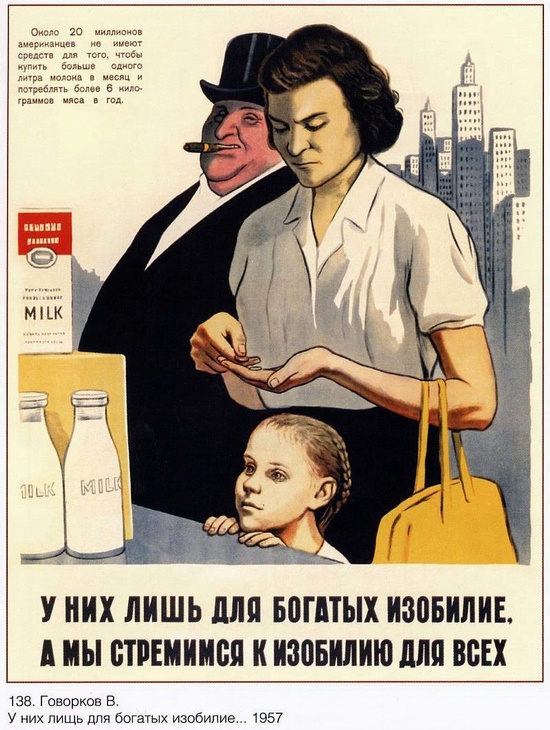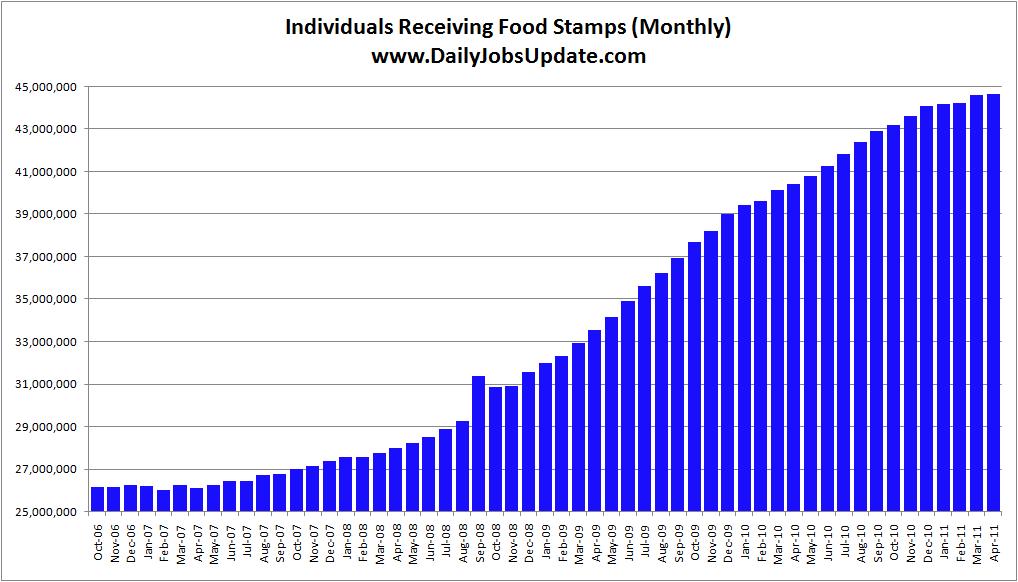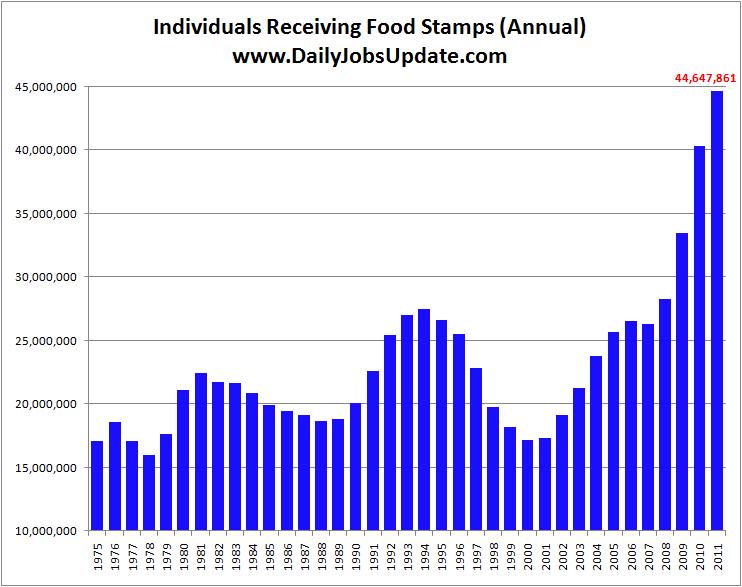The U.S. economy grew tremendously after the Second World War. Most Americans benefited from this prosperity with the middle-class enjoying steady growth in income and was able to afford of many simple luxuries of life such as home, car, education, etc. However there was always pockets of poverty.
A few years ago The World Bank staffer John Nellis commented:
A joke on the streets of Moscow these days: “Everything the Communists told us about communism was a complete and utter lie. Unfortunately, everything the Communists told us about capitalism turned out to be true.
The following is a propaganda posters from the former USSR:
Click to enlarge
Translation:
“About 20 millions of American people don’t have enough money to buy more than 1 liter of milk per month and 6 kg of meat per year.
They have plenty of goods for rich people only, and we are going to give goods to all the people.”
Image: Courtesy of Russia Travel Blog
In 1957, the U.S. population was 171,984,130. If the above information from communists was true, then about 12% of Americans at that time were unable to afford food.
Uncle Sam’s welfare program called as the “relief” program fed millions of Americans during the Depression. In 1943, the program was eliminated as the country recovered strongly from years of war spending. In 1961, Congress enacted a pilot program named as the Food Stamp Program to help both poor people and farmers.
From an article on Food Stamps:
After President Kennedy’s assassination, President Johnson requested Congress to make the program permanent. They did in 1964. Congress estimated that the program might serve only four million people, but it grew quickly.
- By April 1965, half-a-million poor people were buying food stamps.
- By March 1966, that number reached 1 million.
- By October 1967, it reached 2 million.
- By February 1969, it reached 3 million.
- By February 1970, it reached 4 million.
- By March 1970 – only one month later – it reached 5 million.
- By February 1971, it reached 10 million.
- By October 1974, it reached 15 million.
Source: http://www.livinghistoryfarm.org
The chart below shows the number of Americans receiving food stamps over the past four years:
The following chart shows the annual totals from 1975:
Source: The Daily Jobs Update
From Some 43 Million Use Food Stamps in The Wall Street Journal dated February 2, 2011:
Nearly a year and a half into the economic recovery, some 43.6 million Americans continued to rely on food stamps in November.
More than 14% of the population drew food stamps in November to purchase groceries as high unemployment and muted wage growth crimped budgets. The number of recipients was up 0.9% from October, according to the new report by the U.S. Department of Agriculture. Compared to a year ago, the number of people receiving food stamps was up 14.2%.
In both Washington, D.C. and Mississippi more than a fifth of residents received food stamps — the highest recipiency rates of any state.
In summary, in 1957 about 12% of the U.S. population were food insecure. The current population of the U.S. is 311,777,095. With about 44 million dependent on food stamps for survival, the ratio works out to about 14%. So despite many years of economic growth more Americans depend on the government now to put food on the table than before.






